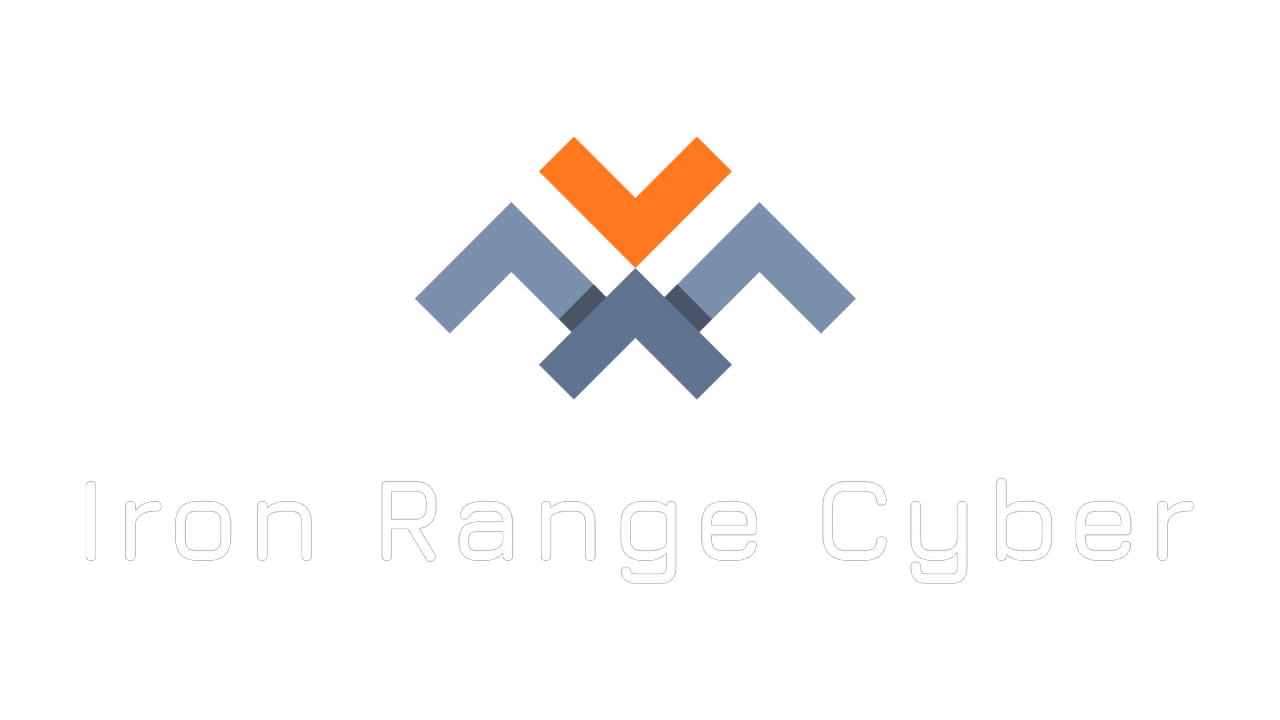Did you know that in 2018 there were 80,000 recorded cyberattacks per day, with over 21 million attacks on record? And unfortunately, this rise in cyber attacks is still a major concern today, where cyber attacks are projected to reach an estimated $6 trillion dollar price tag by the close of 2021. And what are organizations doing about it? Well, research is pointing to a total global spend on cybersecurity of $1 trillion over a five-year period from 2017 – 2021. Of course, in the face of this, it’s really no mystery why one of today’s top priorities by decision-makers within organizations is to limit the risk of cybercrime.
With cyber-attacks on the rise, organizations today require more sophisticated methods of data security to create more resilient end-to-end data protection strategies. But, before building new more sophisticated systems of data protection, organizational leaders must first better understand the most common types of security threats and how these attacks are staged to build effective resilient security parameters and solutions.
In the following section, we will give a thorough overview of some of the most common cybersecurity threats, and following, we will discuss some of the most common strategies to limit these modernized attacks.
Types of Cyber Attacks
Malware
First on our list is Malware. Malware – short for malicious software – is an umbrella term used to characterize any type of malicious software that is intended to exploit sensitive information or disrupt normal business functions for an individual or organization. Today, there are various strategies and solutions to limit the spread of malicious software within an environment. From antivirus software to sophisticated parameter solutions, organizations are investing serious capital to limit the risk of malicious code being injected into your network.
Phishing
A Phishing Attack is a social engineering cyber-attack strategy that aims to gather sensitive or personal information via a deceptive email, pop-up, or web page. At a high level, this attack strategy commonly presents a message that is intended to look legitimate, i.e. from one’s bank, or insurance company, or even from an internal user’s email.
Spear Phishing
Spear phishing is a more advanced type of phishing attack where cyber criminals threaten only the top executives or users with Admin privileges including server administrators and C-suite executives.
MITM (Man in the Middle)
A man-in-the-middle (MitM) attack is a form of cyberattack known as an eavesdropping attack in which an attacker intercepts sensitive data by interjecting themselves into the communication channel. MitM attacks either to remotely listen in on or alter communications between the parties hoping to gain access to sensitive information. MitM attacks may be used to intercept user credentials or obtain sensitive information, perform surveillance on the target, compromise communications, or install malicious software, among other things.
DDOS – Denial of service attack
Denial of Service (DoS) attacks attempt to overwhelm applications, networks, computer systems, or servers with traffic, rendering them unable to respond to legitimate requests. Many infected computers can also be used to initiate an assault on the target machine. Distributed denial of service (DDoS) attacks are considered a federal crime.
Ransomware
Ransomware is a form of malicious malware that infects your device and displays popup messages demanding payment in order to restore your system’s functionality. Clicking on malicious links or email attachments can put you at risk of downloading ransomware. This type of malware is a sinister revenue scheme used by cybercriminals that can be distributed through misleading links in emails, text messages, or websites. The FBI does not recommend paying the cybercriminal in a ransomware attack because in many instances your devices won’t be unlocked. Paying the ransom also contributes to criminal activity.
SQL Injection
When cybercriminals try to enter a database by uploading unauthorized SQL files(Structured Query Language), this is known as a SQL injection attack. Once successful, the malicious agent has access to data stored in the SQL database and can display, alter, or erase it.
Spyware
Spyware is a form of malware that attacks companies of all sizes. Spyware is a type of malware that infiltrates your computers and captures sensitive information. This will include things like your geographical location, confidential information, ip address, browser history, passwords, credit card numbers, and even addresses. Spyware works in the context of your computer, integrating with your operating system. Spyware can infect your computer network in a variety of ways, including with your permission and with unauthorized access. Spyware is a common form of malicious script used by those committing identity theft.
Trojan Horse
Trojan malware hides within allegedly legal applications or disguises itself to appear legitimate. It creates a backdoor, similar to other types of malware, after penetrating your laptop, giving hackers easy access to the target system, the user’s computer, and its valuable data. Trojan horses will erase your files, obstruct your access, steal data, change information on your operating systems, and generally create havoc with your network’s daily business operations.
How to protect your network from cyber threats
Cyberattack prevention is important because a single security breach will cost the company tens of thousands of dollars in missed revenue and credibility. Here are some simple and realistic ideas to help you reduce the chance of a cyberattack, data breach, DDOS attacks, and other attack methods.
Keep your software and firewalls up to date
Every year, a large number of cyberattacks arise precisely because businesses refuse to upgrade sensitive software. Microsoft has a monthly “patch Tuesday” where they announce a complete list of patches for newly found bugs and exploits. In reality, a few weeks before the WannaCry ransomware attack in 2017, Microsoft had already launched a patch to repair the exploit. Thousands of firms were left exposed because they hadn’t fixed their machines in a long time. Patching and upgrading the IT systems on a regular basis is vital to maintaining security.
Two-factor Authentication
A second token is used for two-factor authentication to ensure that an authenticated user is signing into a program. Before your username is authenticated, most SaaS platforms can send you a text or a warning via Google Authenticator. Whenever practicable, use two-factor authentication on all online services. 2FA can be used to encrypt email, banking, payroll, and other confidential data.
Endpoint Detection
Ensure that endpoint vulnerability identification and continuous surveillance are built on each endpoint (an endpoint is a notebook, desktop, or server). It is very simple for users to unintentionally download ransomware into their machines.
Make use of a firewall
Firewalls are a vital line of defense in the battle against unintended network access. Both incoming and outgoing traffic is routed via a firewall. Many next-generation firewalls block high-risk incoming and outgoing traffic automatically. Both cybersecurity and cybersecurity regulatory enforcement requires the usage and frequent upgrading of a firewall.
Make Security Awareness Training A Priority
To minimize the risk of major security accidents and leaks, all users must receive security awareness training. According to some reports, even an hour of security preparation per employee will result in a significant reduction in risk. Threat awareness training is also a standard prerequisite in many compliance regulations.


